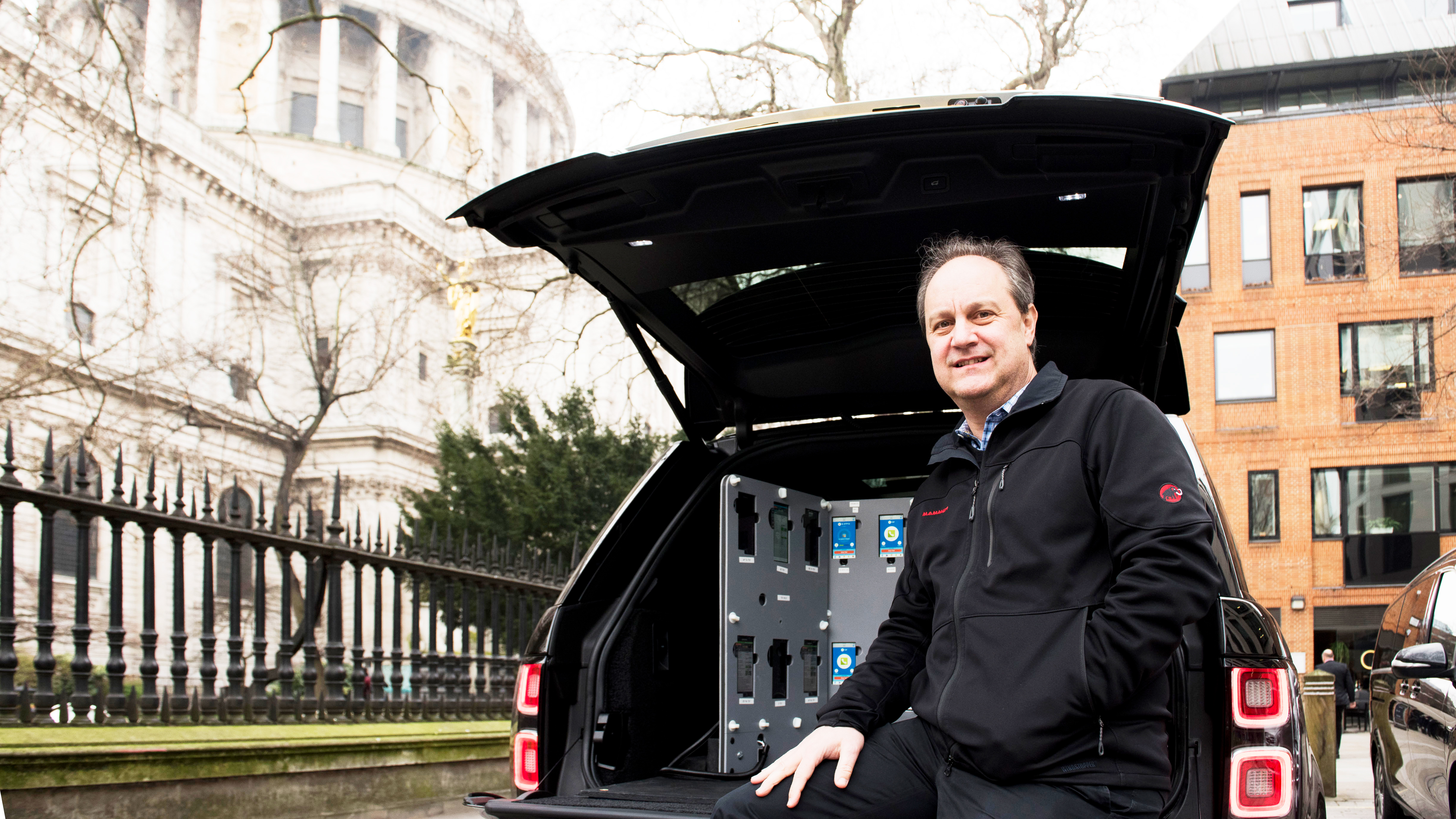London 5G speeds hit 470 Mbps in real-world test
Global Wireless Solutions completes three-day 5G test, hitting high speeds, but says mast restrictions need to be reviewed.

In this first benchmark of 5G networks to take place within London, Global Wireless Solutions spent three days putting EE, O2, and Vodafone 5G services through their paces.
And, according to the results, 5G in London is showing “signs of promise for the networks”, with benchmarking revealing that - even in these early months of commercial deployment - EE hit download speeds above 350 Mbps during testing (at various locations), while O2 and Vodafone both experienced downloads above 200 Mbps.
Results varied considerably, based on location, with tests showing speeds of 470 Mbps for EE around St Paul’s Cathedral, 330 Mbps from O2 at Victoria Station, and over 320 Mbps from Vodafone in Belgrave Square (with upload speeds hitting 60 Mbps for Vodafone, and over 30 Mbps for both EE and O2).
No change in latency
Overall, the mobile network operators in the testing were able to complete 35% of tasks at download speeds of over 100 Mbps, with 46% of tasks completed above 20 Mbps (3-4 times faster than the best 4G connections). But it was a different story when it came to latency.
And despite latency being sold as one of the primary benefits of 5G, when Global Wireless Solutions actually tested speeds across the three 5G networks under review, it came back with surprising results.
“The average connection times (latencies) experienced were no different to those often experienced on 4G networks (typically anywhere from 35 to 50 ms), and far from the 5G goal of sub-10ms latencies,” the report claims.
Good things to come
"“In the early stages of 5G deployment in London, the speeds we witnessed indicate signs of good things to come for consumers that have a 5G phone – especially in comparison to what we have observed in previous 4G tests."
Paul Carter, CEO.
O2 5G and EE 5G each have deployed 40MHz of 5G bandwidth, compared to Vodafone 5G at 50MHz; and their 4G spectrum resources can each be quite different, too, as can the antenna configurations and backhaul. These different flavours of 5G, coupled with differing 5G deployment locations per operator, means that the current 5G user experience across London is best described as a mixed bag.
Get up to speed with 5G, and discover the latest deals, news, and insight!
“In the early stages of 5G deployment in London, the speeds we witnessed indicate signs of good things to come for consumers that have a 5G phone – especially in comparison to what we have observed in previous 4G tests,” said Paul Carter, CEO at Global Wireless Solutions. “However, based on the limited number of sites with 5G antennas, combined with the distance constraints of higher frequency 5G signals, it’s going to be a challenge to get 5G access in buildings. Given that the mobile network operators have a significant rollout ahead of them to fully realise the potential of 5G, we might also benefit from a review of restrictions governing signal mast height and placement to allow more antenna sites in more convenient locations, rather than just placing them on rooftops.”
GWS conducted three days of testing across London, from November 6th to the 8th. 5G testing was undertaken using Samsung Galaxy 5G phones powered by GWS’ OneMeasure diagnostic app.
- Get the latest 5G stocks news today
- We reveal how 5G technology works
- What can we expect from 5G smart cities
- 5G dangers: the fact and the fiction
- Will 5G Internet replace fibre broadband?
Dan is a British journalist with 20 years of experience in the design and tech sectors, producing content for the likes of Microsoft, Adobe, Dell and The Sunday Times. In 2012 he helped launch the world's number one design blog, Creative Bloq. Dan is now editor-in-chief at 5Gradar, where he oversees news, insight and reviews, providing an invaluable resource for anyone looking to stay up-to-date with the key issues facing 5G.

